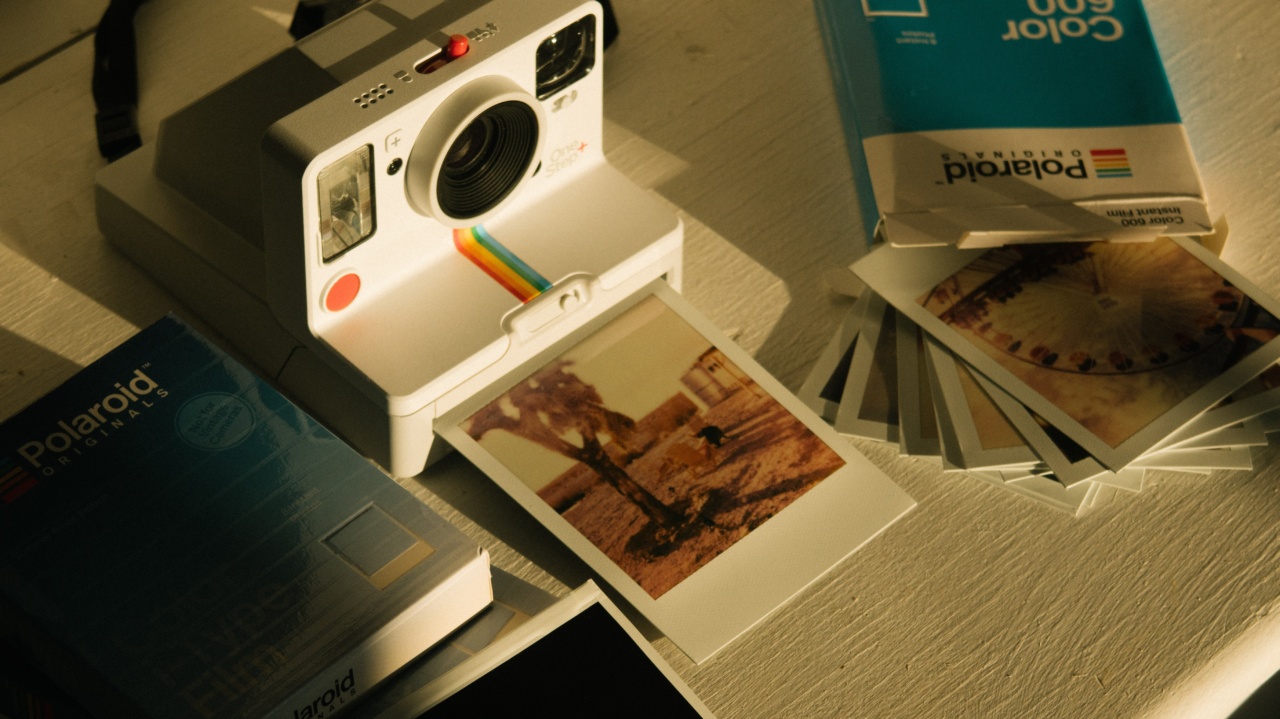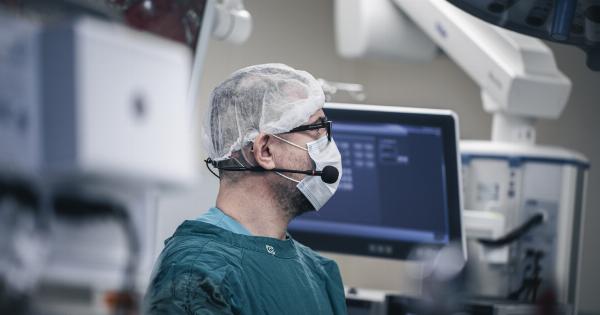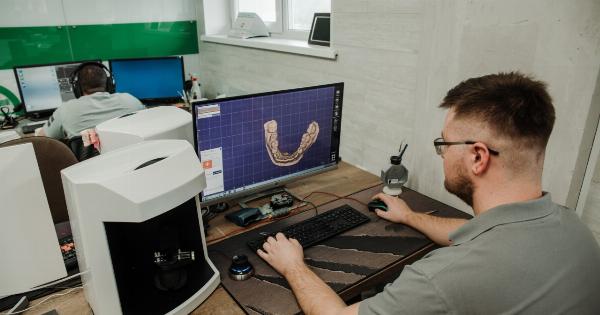Restoration of vision is a dream that has been pursued by many researchers through various scientific methods. One of the most promising methods is through the transplantation of retinal cells.
The Need for Retinal Cell Transplantation
The retina is one of the most important sensory organs in the human body. It contains the photoreceptor cells that detect light and transmit signals to the brain, allowing us to see.
Damage to the retina, whether due to injury or disease, can cause partial or total blindness. This is where retinal cell transplantation can be useful.
The Challenge of Retinal Cell Transplantation
Retinal cell transplantation poses unique challenges. For one, the retina is a complex, multilayered structure, and the precise positioning of cells is crucial for the transplantation to be successful.
Additionally, transplanted cells must integrate with the surrounding tissue and begin functioning properly, which requires a delicate balance of biological factors.
How 3D Printing Can Help
One way researchers are addressing these challenges is through the use of 3D printing. By using a specialized 3D printer, retinal cells can be printed in precise, layered structures that mimic the natural organization of the retina.
This allows for better control over the positioning of cells and can help increase the success rate of transplants.
The 3D Printing Process
The process of 3D printing retinal cells for transplantation involves several steps. First, stem cells are harvested from the patient’s own body or from a donor.
These cells are then differentiated into the specific type of retinal cell needed for transplantation, such as photoreceptors or retinal pigment epithelium (RPE) cells.
Next, the cells are encapsulated in a hydrogel and loaded into the 3D printer.
The printer then uses precise, computer-controlled mechanisms to deposit the cells layer by layer, creating a three-dimensional structure that mimics the natural organization of the retina. This structure can then be transplanted into the patient’s eye.
Advantages of 3D Printing for Retinal Cell Transplantation
There are several advantages to using 3D printing for retinal cell transplantation. One is the ability to create complex, multilayered structures with precise positioning of cells.
Another is the ability to create structures that mimic the natural organization of the retina, which can help increase the success rate of transplants.
Additionally, 3D printing allows for the creation of customized structures tailored to the specific needs of the patient. This can help reduce the risk of rejection and increase the likelihood of successful integration of transplanted cells.
The Future of Retinal Cell Transplantation
While retinal cell transplantation is still in the early stages of development, the use of 3D printing holds great promise for the future.
As researchers continue to refine the 3D printing process and improve the success rate of transplants, we may see a new era of vision restoration for those who have lost their sight due to retinal damage or disease.
Conclusion
The use of 3D printing for retinal cell transplantation is an exciting development in the field of vision restoration. While there are still challenges to be addressed, the potential benefits of this technology are enormous.
As we continue to learn more about the intricacies of the retina and refine our techniques for retinal cell transplantation, we may one day be able to restore sight to those who have lost it.



























